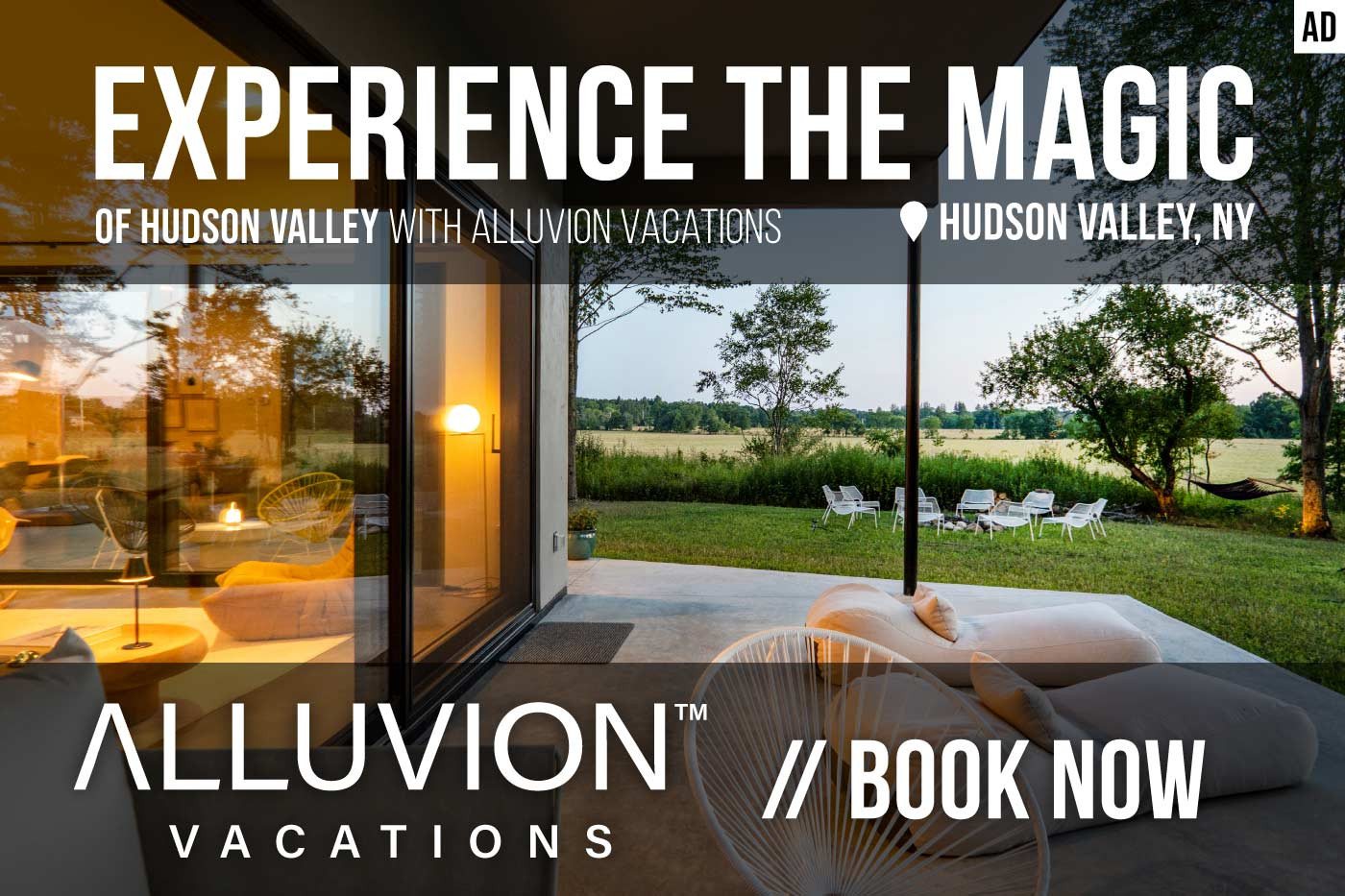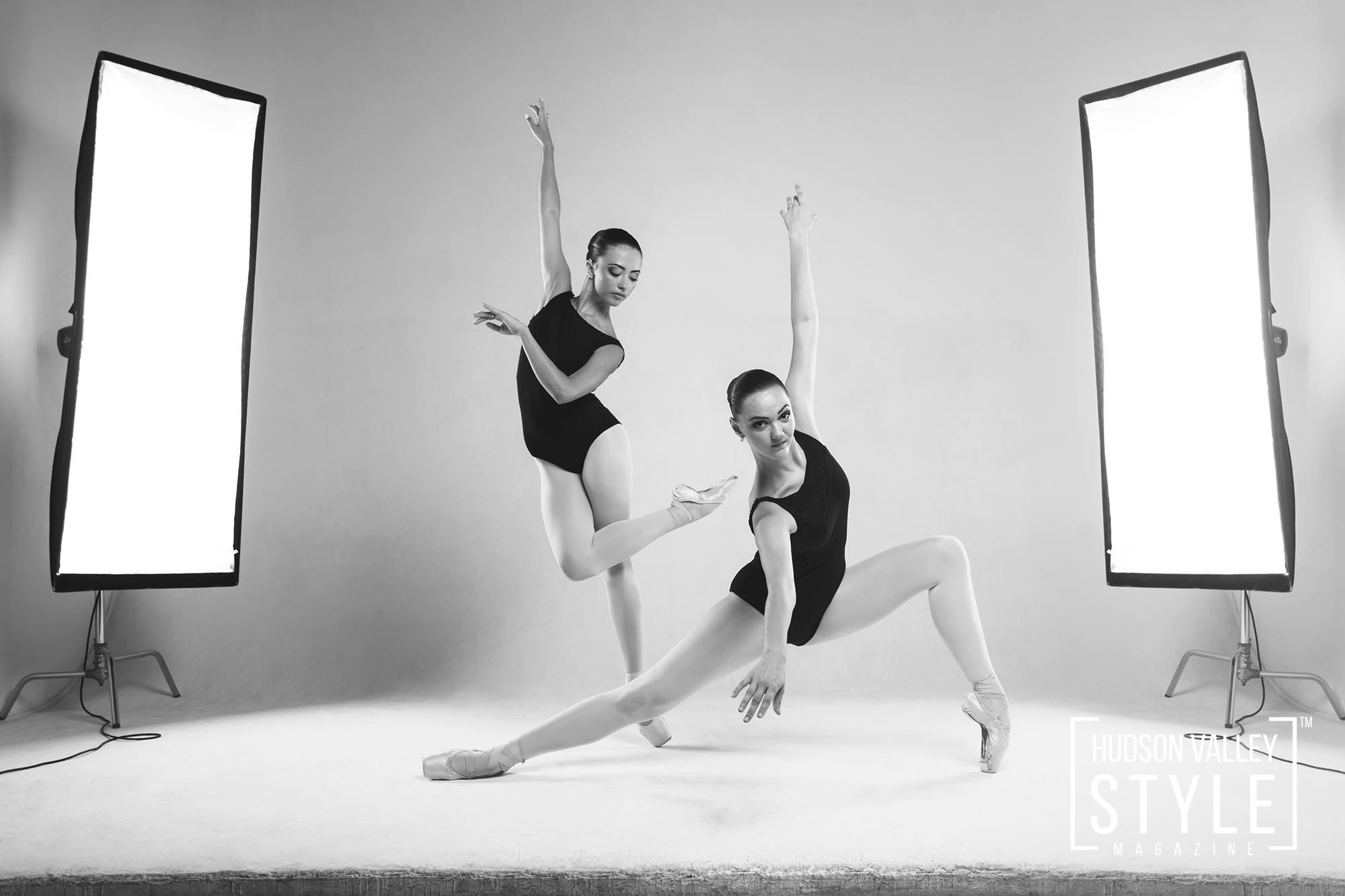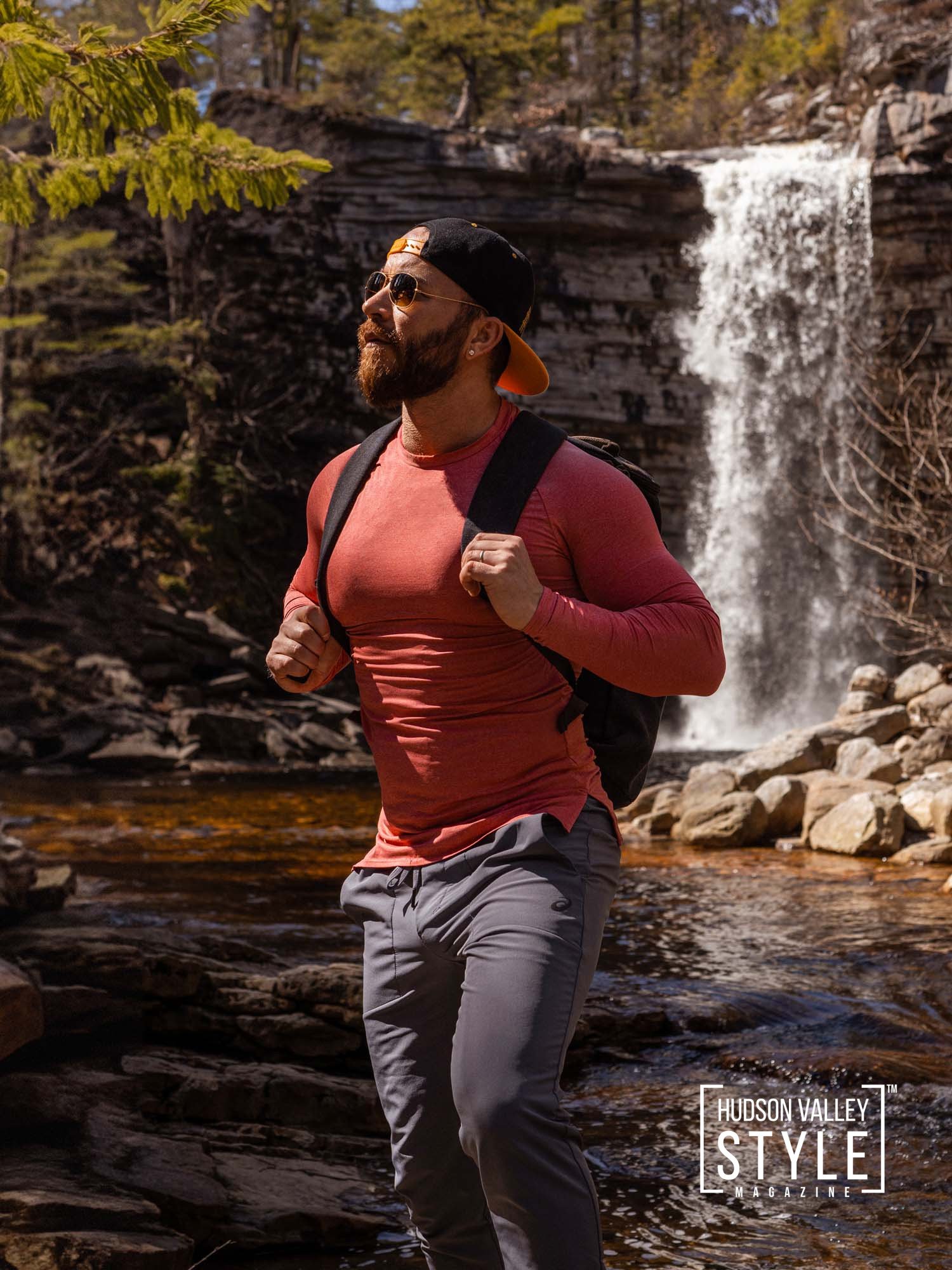How to Set Up a Home Studio for Portrait Photos
Interest in photography and creative businesses is at an all time high, with lots of outlets providing tips for budding professionals. In today’s climate, and the near future, many photographers are going to need to find new modes of operation, with many now bringing their work into their homes. When you create your own home studio there are certain aspects you need to consider. But as long as you have a sizeable space at home, you can easily set up your own home portrait studio. So, what are the most fundamental things you need to consider for this project?
Lighting & Backdrop
Being in full control of light sources is the primary advantage of a home studio. Lighting is a crucial element of not just portrait, but any school or field of photography. Depending on your resources, you can reserve your capital for must-needed equipment and improvise the rest of your lighting and backdrop needs. For instance, using a cheap or second-hand polystyrene board as a reflector to diffuse the light can delay the expenses necessary for a full-sized softbox. This can save you money for a home studio flash kit that will give you a variety of lighting options for capturing different types of portraits. If you don’t want to use a flash kit, you can use standing studio lights as well. You should also invest in blackout curtains or blinds that completely shut out all outside light.
With these fundamentals, you can work with almost any type of studio backdrop. To accommodate a wider range of clients, you can start with a white muslin cotton backdrop roll. At the same time, don’t be afraid to experiment with whatever curtains or large fabrics you have at home. You never know if the perfect backdrop for a shoot is just lying in your closet somewhere.
Sharpen Your Social Skills & Make Your Studio Comfortable
As much as portrait photography requires the right equipment, it also requires a photographer who knows how to talk to people. Being able to read your subject’s body language, reactions, and even mannerisms can increase your ability to capture authentic moments. This is one of the biggest challenges to any portrait photographer who wants to shoot from home. But you can make it easier by honing your own social skills. Always aim to have a natural conversation with your subject. Studio design factors into this equation as well. Maintaining a well ventilated, well maintained, clean, and professional-looking home studio makes it easier for subjects to be comfortable during a shoot. This can be as simple as providing drinking water during shoots, to installing vented air-conditioning for your home studio.
Get a Portrait Lens
Any full-frame DSLR can be used for professional portrait photography. However, most DSLRs come with 50mm or similar smaller, wide-angle lenses that distort your subjects’ features. Your most ideal choice of lens depends on the type of portraiture you’re aiming to do as well as the available space. For instance, while longer telephoto lenses can give you more detail and a more dynamic range of effects, you’ll need a sizeable studio to even use them. If you have limited space, it’s best to opt for portrait lenses that fix the distortion problem but doesn’t entail being 10 or 20 feet away from the subject.
Having a Home Studio Will Open New Doors
Even though many photographers are currently operating within their niche to make a living that doesn’t mean they shouldn’t look to the future. Acquiring the equipment necessary to maintain a home studio can lead to more opportunities for growth as a photographer. In fact, the same photography equipment you need for taking portraits can also be used for landscape, wildlife, or even macrophotography. You can also use your lenses and lighting equipment to delve into fields like event coverage or taking product or food shots for brands. While the equipment is expensive, it can open new doors for you not just artistically but commercially as well. More than anything, the effort and resources you need to set-up a home studio for taking professional portraits is an investment in yourself. And once you have made this initial move you should always look for ways to broaden your expertise.





